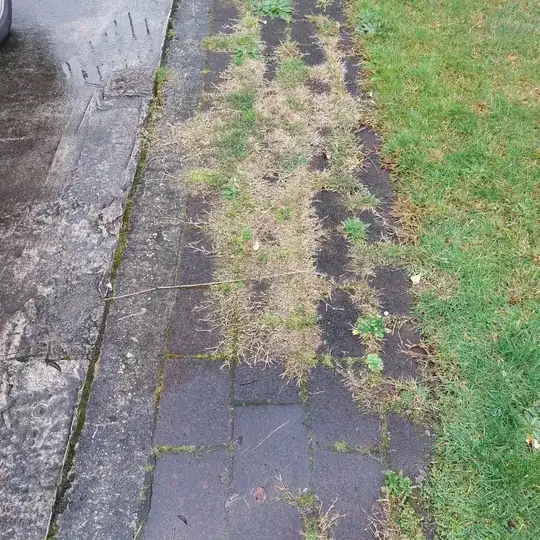My house's interlocking pavement is covered with stubborn grass (see picture).
I have tried hand weeding tool but it's backbreaking work and takes too much time. The grass roots are deep into interlockings. Even when I remove part of the grass, I can't get to the roots. I will water blast the pavement and the adjoining concrete driveway but I doubt that will get rid of this grass. What would be the best method to get rid of this grass?
Any helping ideas would be appreciated.
